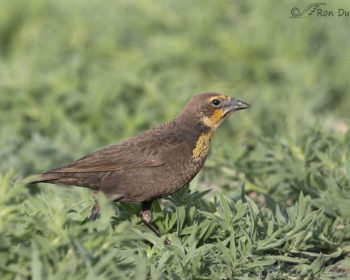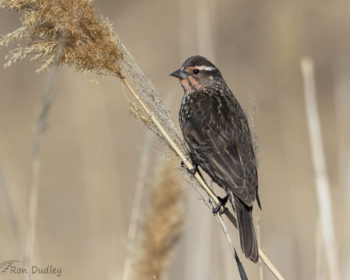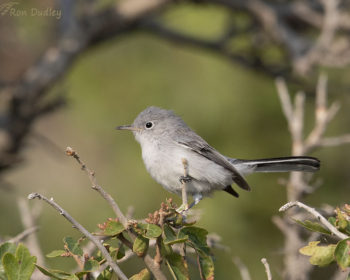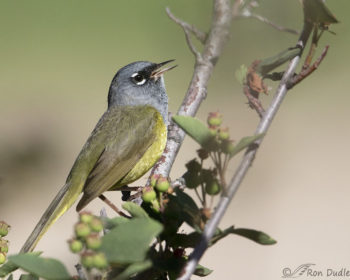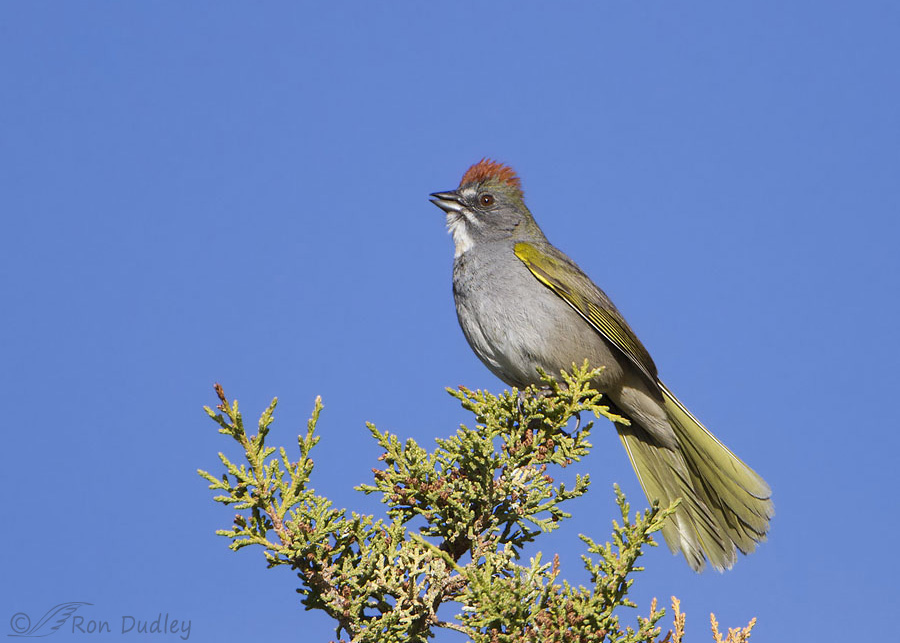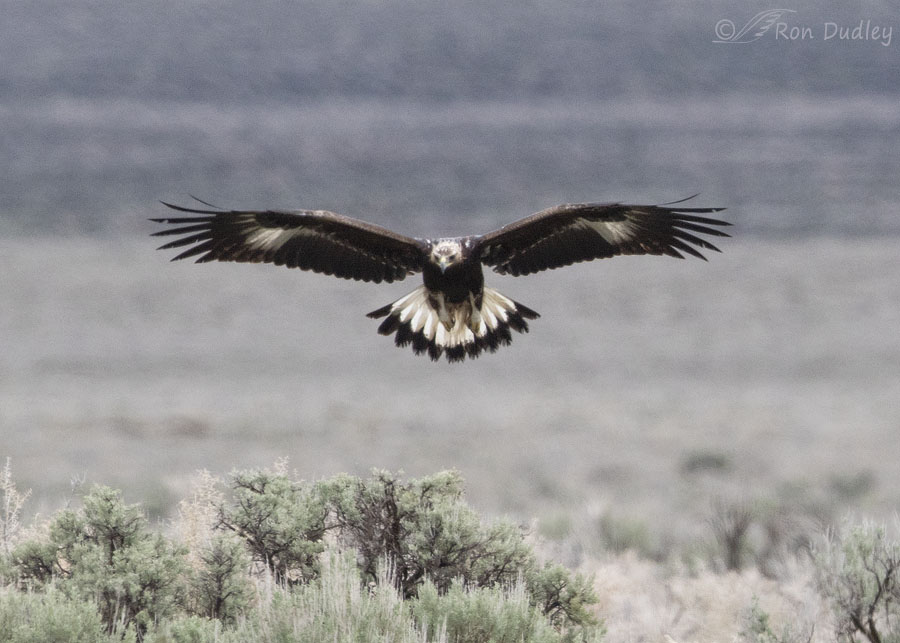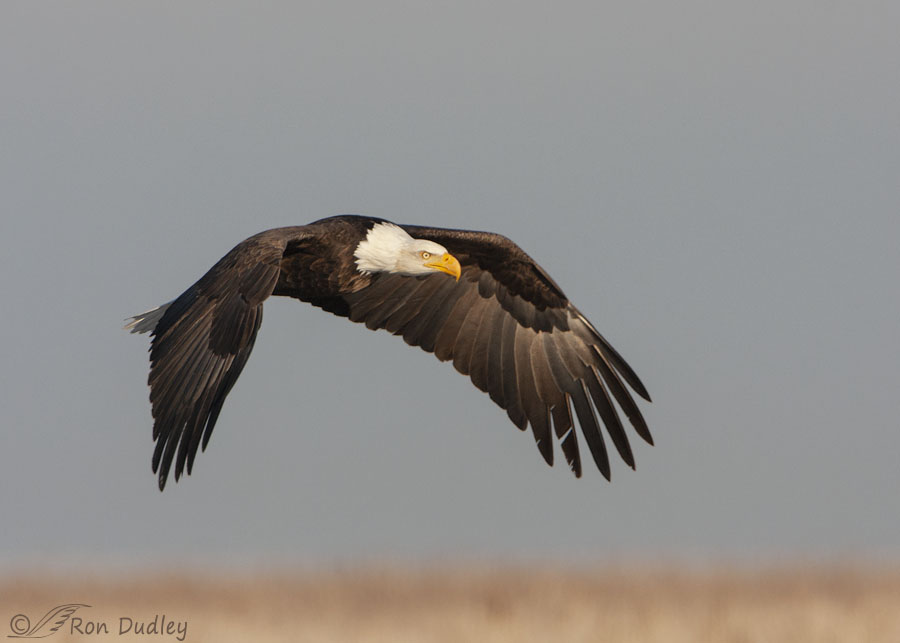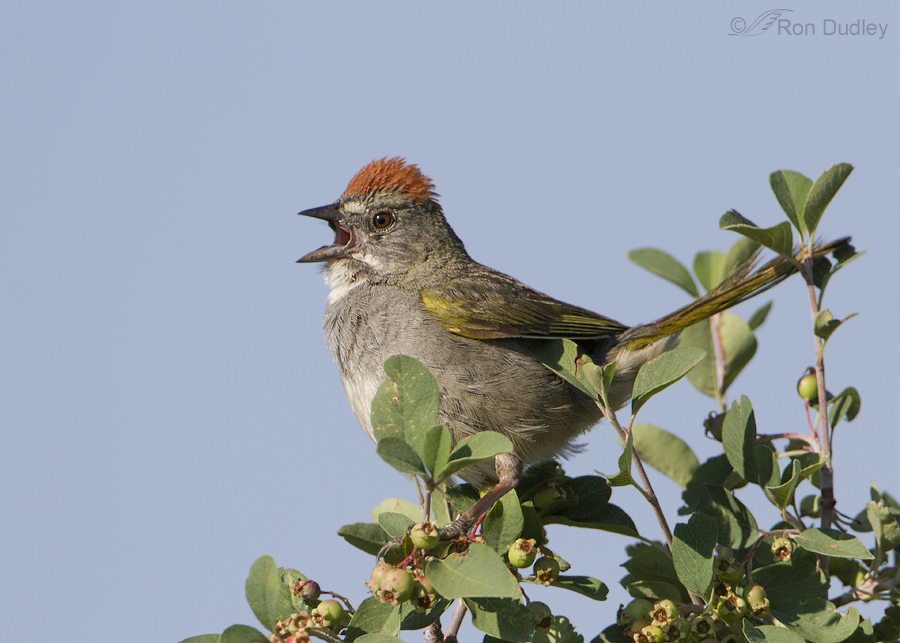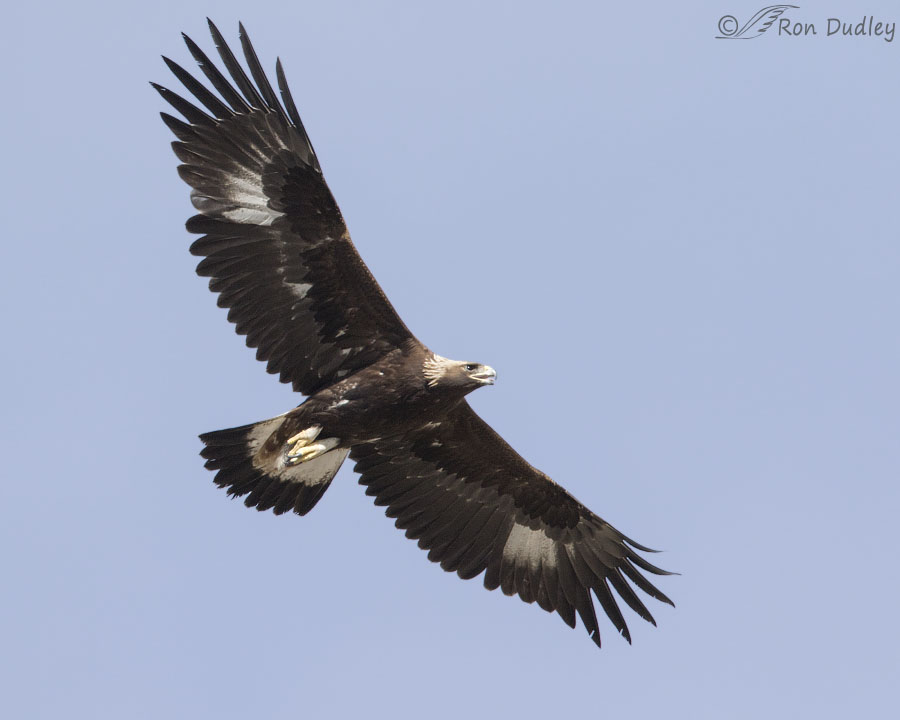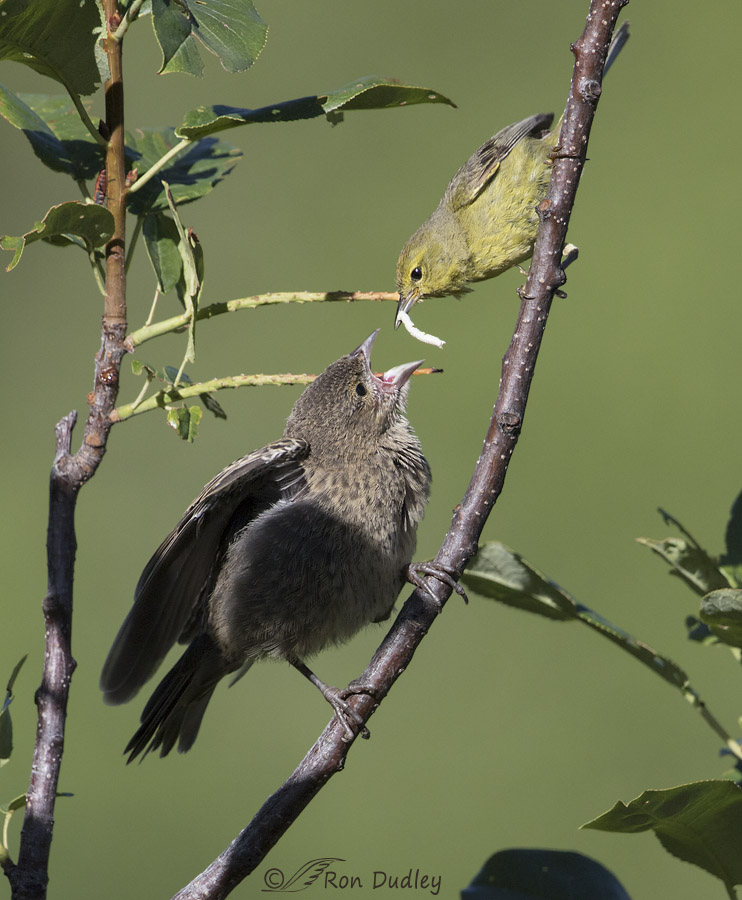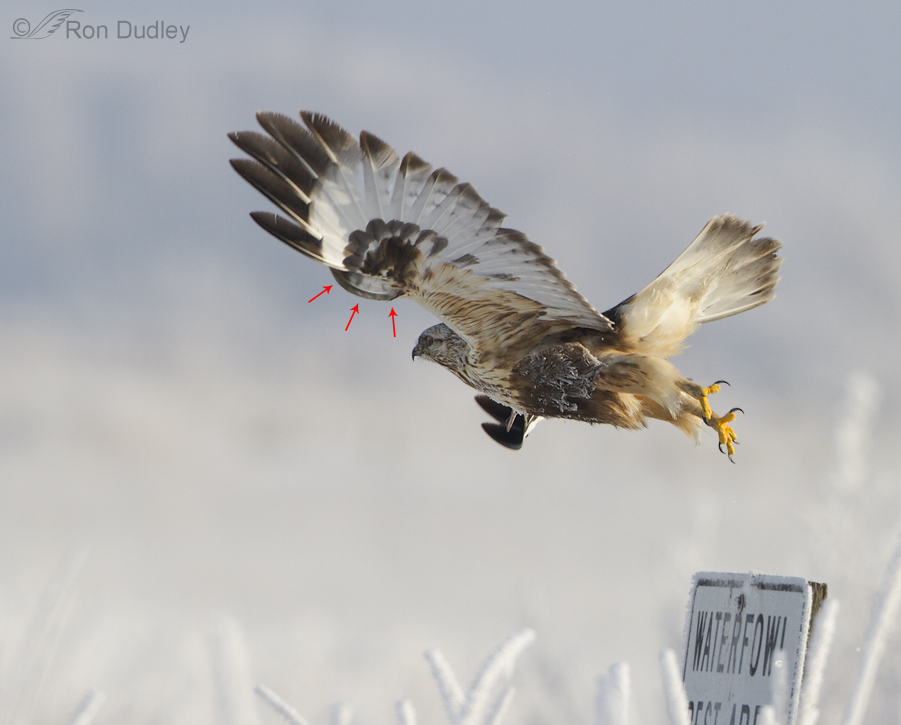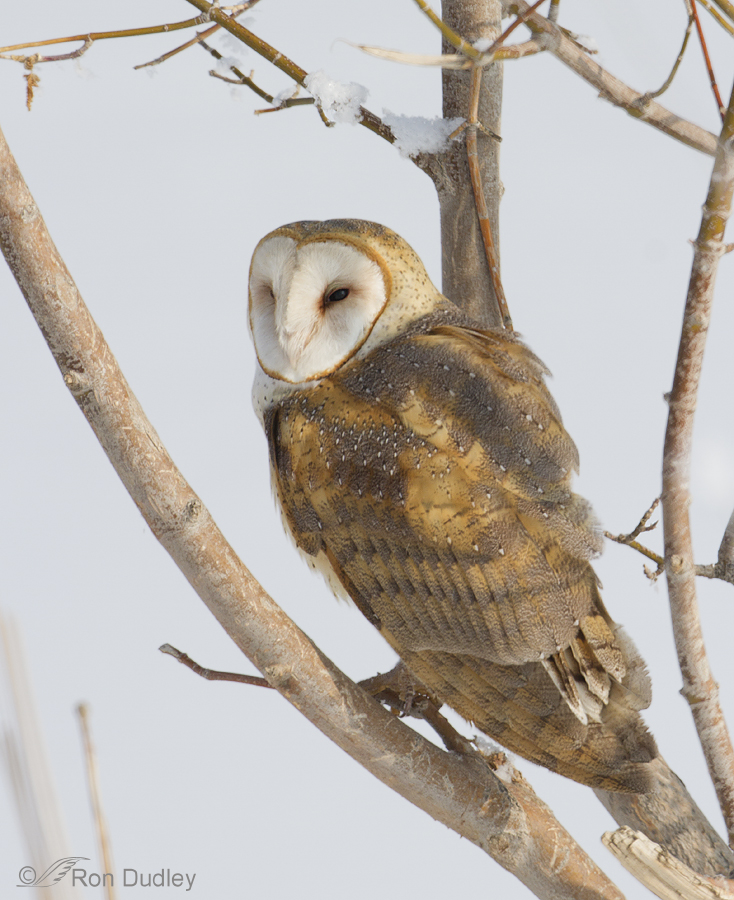Tag: field marks
Do You Recognize Female Red-winged Blackbirds When You See Them?
Blue-gray Gnatcatcher In A Fragrant Sumac Bush
Nashville Warbler Versus MacGillivray’s Warbler
Comparing Juvenile And Adult Green-tailed Towhees
Field Marks Of A Juvenile Golden In Flight (landing)
Comparing And Contrasting Juvenile And Adult Bald Eagles
Juvenile Green-tailed Towhee
Juvenile Golden Eagle In Flight
Two Views Of The Beautiful Backside Of A Male American Kestrel In Flight
It’s rare for me to post photos of birds where neither their eye or their face can be seen. But sometimes it’s the plumage that steals the show and for me male kestrels rule the raptor roost when it comes to spectacular colors and patterns.
Orange-crowned Warbler Parasitized By Cowbirds
A Different Look At The Alula (bastard wing)
Perched Barn Owls With A Snowy Background
Western Kingbirds
Yesterday was a slow day on the island, though we did see our first Western Kingbird of the year (I should say that Mia saw it as I missed it – one of the disadvantages of being the driver…). The sighting got me to thinking about these aggressive tyrant flycatchers and reminded me of how much I’ve missed them these last few months so I decided to devote a post to them. They’re called “kingbirds” because of their belligerent behavior and fearless nature. Kingbirds are very aggressive toward other birds and it’s not unusual to see them attacking almost any species – including hawks and American Kestrels. They’re extremely agile in flight and can get away with such seemingly foolish behaviors. 1/800, f/7.1, ISO 500, 500 f/4, 1.4 tc In this shot you can see most if the important field marks – pale gray head and breast, darker mask through the eyes, underparts yellow, tail black with white edges and black bill. The sexes are similar. Most folks are unaware that the species has a small orange-red patch on the top of the head but it is nearly always hidden except while performing certain behaviors. 1/3200, f/6.3, ISO 500, 500 f/4, 1.4 tc These birds are almost unknown to walk anywhere – virtually all locomotion is by flight. Typically they hunt from elevated perches so they flit from perch to perch looking for insects mostly. When I’m lucky I find them on natural perches like this dried thistle… 1/1250, f/6.3, ISO 640, 500 f/4,…


